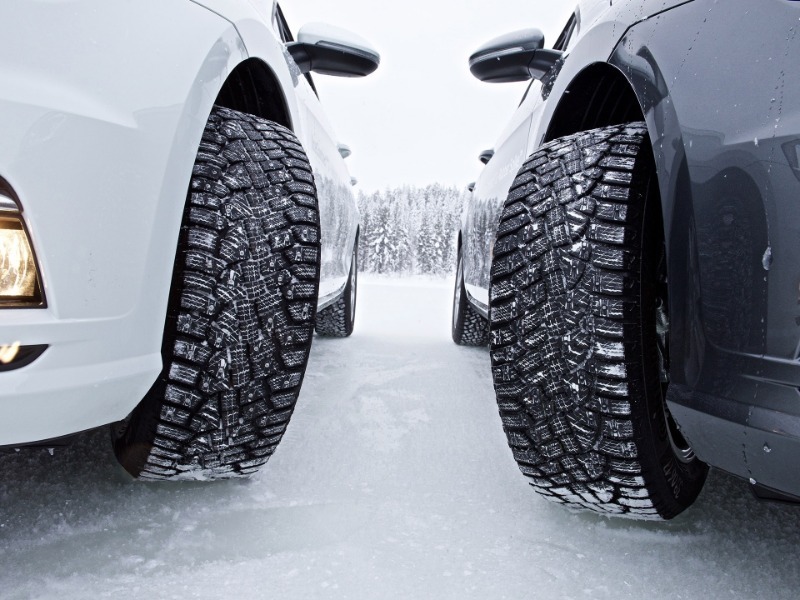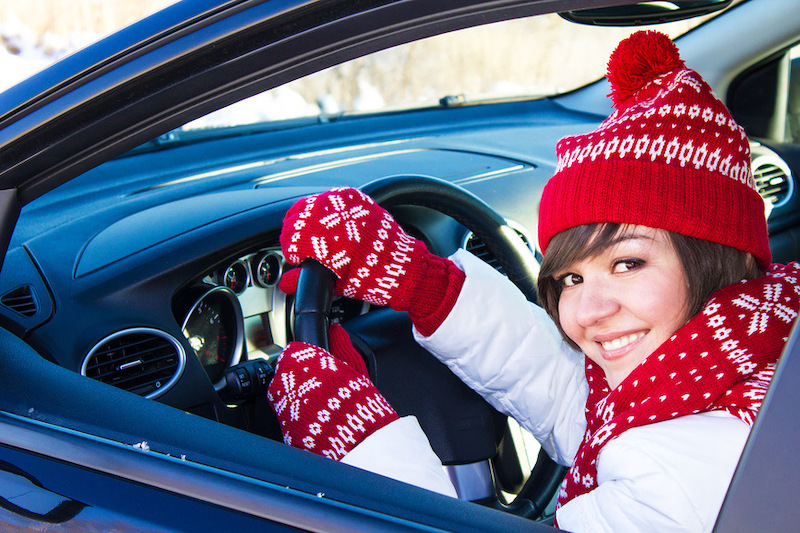5 driver mistakes that cause studs to pop out of winter tires
Winter tires differ from summer tires in terms of stiffness - at low temperatures, they do not lose their qualities. In conditions of constant snow and icing, studded tires improve traction and reduce braking distances. But improper operation leads to rapid loss of spikes.

Strong slip
Starting and accelerating with slippage on bare pavement is the most dangerous action for your wheels. With a spike height of up to 1,5 mm, they are not held in their sockets and fly out. Ice is the same kind of hard surface, on which you also need to start carefully.
The main recommendation for the style of driving on studded tires: start without re-gassing and a calm ride. Driving without sudden maneuvers, avoiding skidding will increase the life of the wheels.
Maneuvers in the parking lot
Most often you have to park on smooth asphalt or just a hard surface.
When the driver turns the steering wheel for a long time in a stationary state, a strong mechanical effect is exerted on the spikes. All maneuvers in the parking lot must be carried out while driving. At the same time, it is important to remember about the safety of movement in a confined space.
Incorrect tire pressure
Any rubber has a manufacturer-defined operating procedure, compliance with which ensures a long service life. For studded tires, this indicator is especially important, the stiffness of tires directly affects the strength of the studs.
It is important to remember that when it gets cold, tire pressure changes, it should be specially raised depending on the weather. A 10º cold snap can change the pressure by 0,1 bar. Therefore, check the pressure at least once a week or when there are sudden changes in temperature. In this case, you should focus on the indicators of the manufacturer.
Overheating
The properties of winter and summer tires are different, therefore, when used in the warm season, winter tires will heat up more than expected. This also results in the loss of spikes.
While driving, metal spikes, in contact with the road, are constantly pressed into their sockets in the tread. This friction heats up and during hard braking, the temperature can be so high that the loss of studs is inevitable.
Out of balance
When the wheel balance is changed, the load on them is distributed unevenly. The spikes are subjected to varying degrees of impact, wear out faster, or fly out completely, especially at high speeds. An uneven number of spikes on the wheels also leads to a balance shift. It should be checked every 5000 km. If you accidentally drove onto a curb or “caught” a blow to the wheel, it’s better to find out if the spikes are in place right away.
Compliance with these simple recommendations will extend the life of studded tires and save money. When buying winter tires, it is important to choose a trusted manufacturer and not to take wheels older than one and a half years. Winter roads can be very dangerous, so keep an eye on the condition of your tires.

